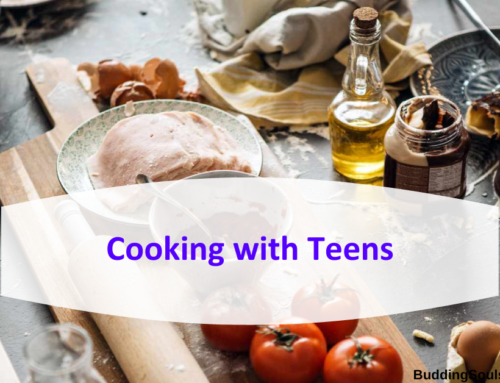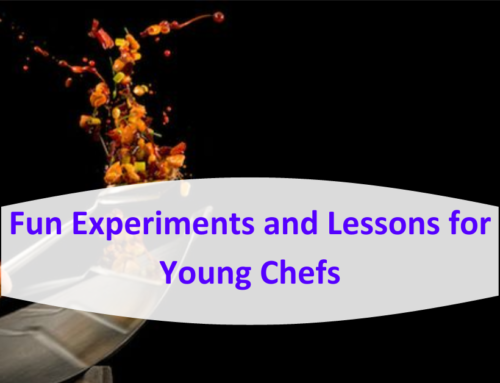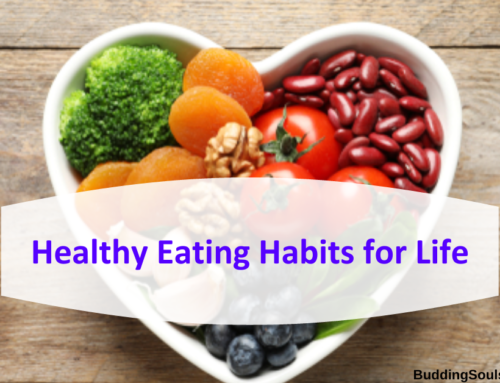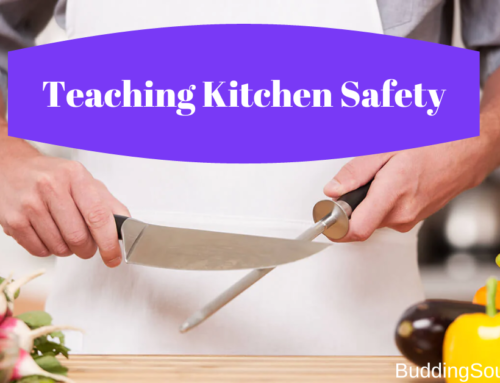Cooking as a Learning Tool: How to Incorporate Education into the Kitchen
Cooking is not just about creating delicious meals; it can also be a powerful learning tool. Whether you’re a parent, a teacher, or simply someone passionate about lifelong learning, the kitchen can become an engaging classroom. In this blog post, we will explore how to use cooking as an educational platform and provide practical tips for incorporating education into your culinary adventures.
1. Math and Measurement Skills
Cooking offers an excellent opportunity to strengthen math and measurement skills. Encourage kids to measure ingredients, calculate proportions, and understand fractions. Here’s how:
- Fractions: Teach fractions by dividing recipes or measuring ingredients in fractional amounts, like 1/2 cup or 1/4 teaspoon.
- Measurement: Practice converting between units (e.g., ounces to grams) and estimating measurements.
- Proportions: Discuss the importance of maintaining the right ingredient proportions in recipes.
2. Science in the Kitchen
Cooking is essentially edible science. Use it as a hands-on approach to understanding scientific principles:
- Chemistry: Discuss chemical reactions (e.g., yeast in bread making) and phase changes (e.g., water turning into steam).
- Biology: Explore concepts like fermentation (sourdough), yeast and bacteria growth, and food preservation.
- Physics: Learn about heat transfer, conduction, convection, and radiation through cooking methods.
3. Nutrition and Healthy Choices
Cooking can be a valuable tool for teaching nutrition and promoting healthy eating habits:
- Food Groups: Discuss the importance of a balanced diet and identify foods from different food groups.
- Reading Labels: Teach kids to read nutrition labels and understand the nutritional content of foods.
- Portion Control: Learn about appropriate portion sizes and how to avoid overeating.
4. Cultural Exploration
Cooking can open up a world of cultural exploration and geography:
- Global Cuisine: Explore recipes from different countries, introducing kids to diverse cultures and traditions.
- Geography: Locate countries on a map and discuss the origins of various ingredients.
- History: Trace the history of dishes and the influence of different cultures on cooking.
5. Language and Literacy
Enhance language and literacy skills by incorporating reading and writing into your cooking sessions:
- Recipes: Have kids read and follow recipes, improving reading comprehension and vocabulary.
- Writing: Encourage them to write their recipes or journals about their cooking experiences.
6. Problem-Solving and Creativity
Cooking often requires improvisation and creativity:
- Substitutions: Teach kids how to make ingredient substitutions when a particular ingredient is unavailable.
- Recipe Modification: Encourage them to modify recipes to suit their taste preferences, fostering creativity.
7. Teamwork and Social Skills
Cooking can be a collaborative activity, helping kids develop teamwork and social skills:
- Division of Labor: Assign tasks and responsibilities when cooking as a team, promoting cooperation.
- Communication: Encourage clear communication and coordination among team members.
8. Time Management
Cooking requires planning and time management skills:
- Scheduling: Discuss the importance of timing when preparing multiple dishes for a meal.
- Multitasking: Teach how to manage multiple cooking processes simultaneously.
9. Sensory Exploration
Cooking engages all five senses, making it an ideal sensory experience for children:
- Taste and Smell: Explore different flavors and aromas of ingredients.
- Texture: Discuss how various ingredients feel in your hands and mouth.
- Sight and Sound: Observe the changes in food appearance and listen to sizzling or bubbling.
10. Responsibility and Independence
Cooking empowers kids to take responsibility and gain independence:
- Kitchen Safety: Teach kitchen safety rules and the proper use of kitchen tools.
- Self-Sufficiency: Help kids develop self-sufficiency in meal preparation and cleanup.
Cooking can be a fun and interactive way to incorporate education into everyday life. By utilizing the kitchen as a learning tool, you can foster a love for lifelong learning while creating delicious memories in the process. So, put on your aprons, gather your ingredients, and embark on a culinary adventure that enriches both the mind and the taste buds. Happy cooking and learning!





